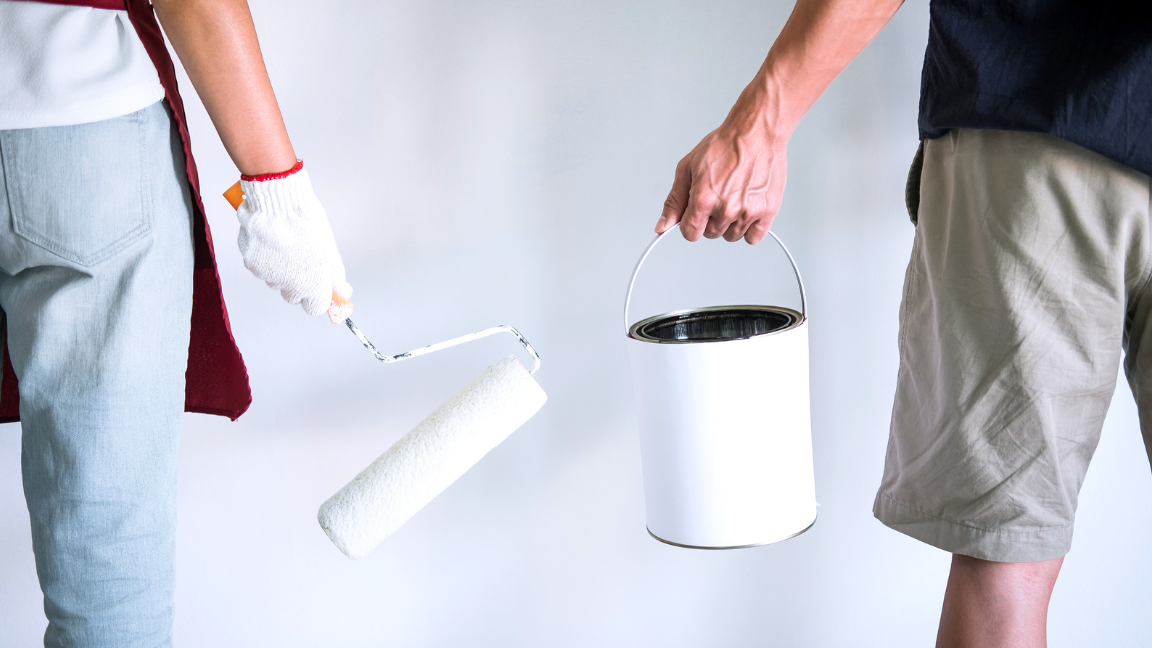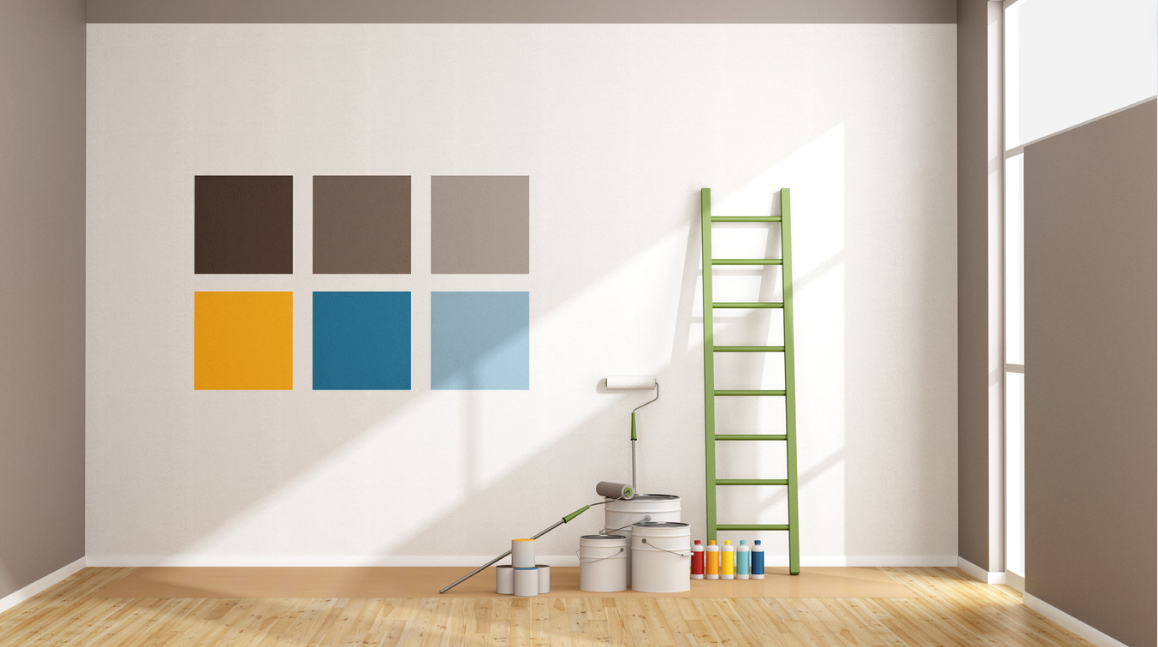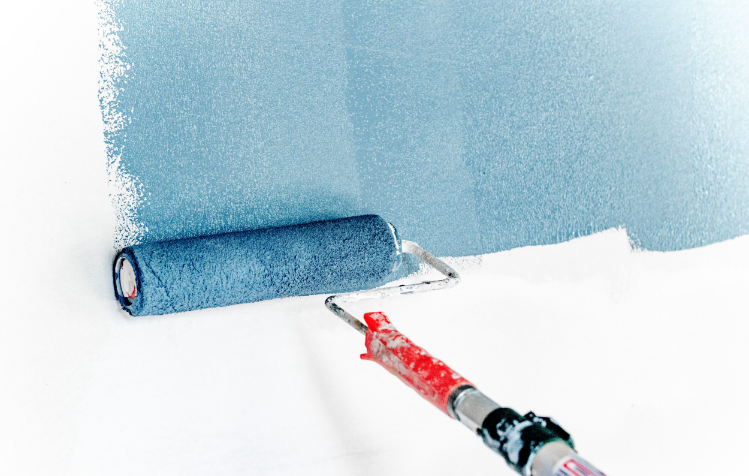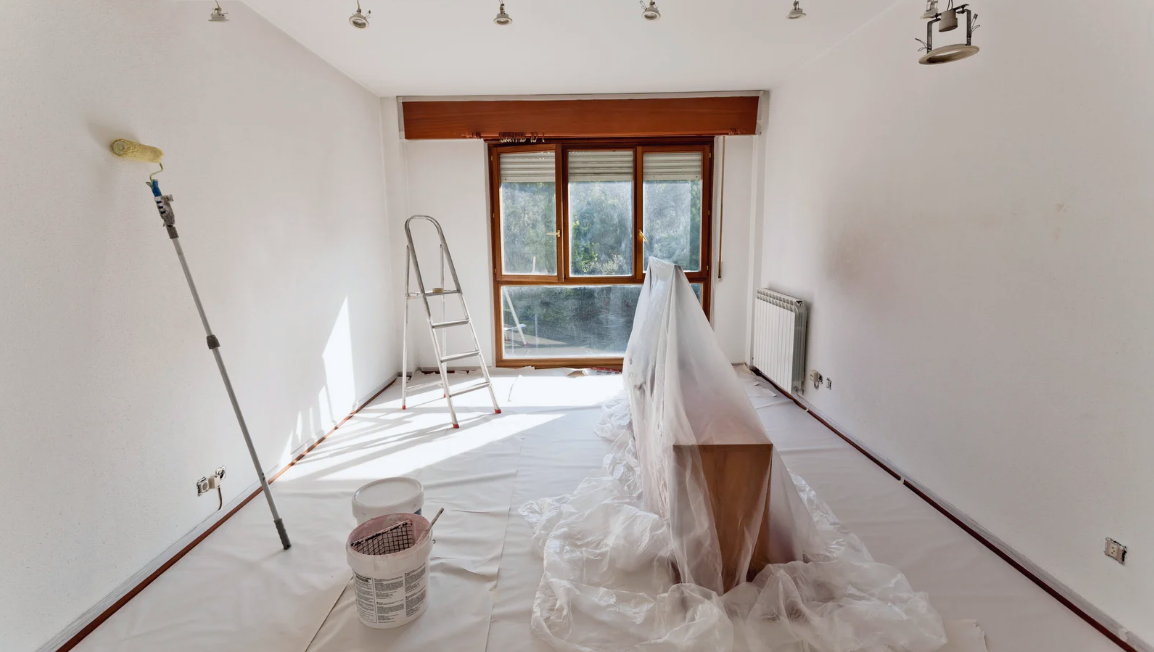Selling a home can be a challenging process, but by implementing effective home staging techniques, you can significantly increase the curb appeal of your property to potential buyers. One essential aspect of home staging is painting, which can transform the look and feel of a space, making it more marketable and inviting. In this article, we will provide you with valuable painting tips for home staging, ensuring that your property stands out from the competition.
1. Introduction
When potential buyers step into a house, they often seek a space that feels welcoming, modern, and well-maintained. A fresh coat of paint can work wonders in achieving these objectives. By following the painting tips for home staging outlined in this article, you can create a desirable environment that encourages buyers to envision themselves living in your home.
2. The Importance of Home Staging
Home staging is the process of preparing a property for sale by optimizing its appearance and functionality. It involves arranging furniture, decluttering, and enhancing the overall aesthetic appeal. Research has shown that properly staged homes tend to sell faster and at higher prices compared to unstaged homes. Painting plays a vital role in this process as it provides a blank canvas for potential buyers to visualize their own style and preferences.
3. Painting Tips for Home Staging
3.1 Choosing the Right Colors
When it comes to home staging, neutral colors are your best friend. Neutral tones create a sense of calmness and provide a neutral backdrop that allows potential buyers to envision their own furniture and decorative items in the space. Shades of white, beige, and light gray are popular choices as they help make rooms appear more spacious and brighter.
3.2 Neutralizing Bold or Personalized Colors
If your home has walls painted in bold or personalized colors, it’s essential to neutralize them before putting your property on the market. Buyers may find it challenging to visualize their own belongings in a space dominated by strong colors or unique patterns. Repainting these walls with neutral colors will broaden the appeal and make it easier for buyers to imagine their own style in the house.
3.3 Highlighting Architectural Features
Strategic paint choices can help accentuate the architectural features of your home. By using complementary colors or emphasizing specific elements, such as moldings or trims, you can add depth and character to the space. This technique draws attention to the unique qualities of your property, leaving a memorable impression on potential buyers.
3.4 Creating a Sense of Space
To create an illusion of spaciousness, consider using lighter shades of paint in smaller rooms. Light colors reflect natural light, making rooms appear larger and more open. Additionally, painting adjoining rooms with the same color can create a harmonious flow, making your home feel cohesive and inviting.
3.5 Using Accent Walls Strategically
Accent walls can be a powerful tool in home staging, as they add visual interest and depth to a room. Choose a neutral color that complements the overall color scheme and select a wall that draws attention, such as the one behind a bed or a fireplace. An accent wall can serve as a focal point, helping potential buyers visualize design possibilities and creating a lasting impression.
4. Preparing the Surfaces for Painting
Before you start painting, it’s crucial to prepare the surfaces properly. Neglecting this step can result in an uneven finish or paint peeling in the future. Follow these steps to ensure a smooth and durable paint job:
4.1 Cleaning and Repairing
Thoroughly clean the walls to remove any dust, dirt, or grease. Repair any cracks, holes, or imperfections using spackling compound and sand them down until smooth. Proper surface preparation will ensure that the paint adheres well and provides a professional-looking finish.
4.2 Priming the Walls
Priming the walls before painting is highly recommended, especially if you’re transitioning from dark or bold colors to lighter shades. Primer helps to seal the surface, provides better coverage, and enhances the longevity of the paint. Use a high-quality primer that is suitable for your specific wall material.
5. Painting Techniques for Home Staging
To achieve the best results when painting for home staging, consider the following techniques:
5.1 Use High-Quality Paint
Investing in high-quality paint is essential for a successful home staging project. Premium paints offer better coverage, durability, and a smoother finish. They also tend to have lower levels of volatile organic compounds (VOCs), reducing any potential strong odors during the painting process.
5.2 Optimal Application Techniques
Brushes, rollers, or sprayers can be used to apply paint, depending on the surface and personal preference. For walls, rollers are typically the most efficient choice, providing even coverage and a consistent finish. Use brushes for cutting in edges and corners, ensuring clean lines and precision.
5.3 Achieving Smooth and Even Finishes
To achieve a smooth and even finish, apply the paint in thin coats, allowing each layer to dry completely before applying the next. Avoid overloading the brush or roller, as this can result in drips and uneven coverage. Patience is key, as rushing the process can lead to subpar results.
5.4 Proper Paint Drying Time
Allow ample drying time between coats and before moving furniture or decorations back into the space. Rushing the process can cause smudging or damage to the freshly painted surfaces. Follow the manufacturer’s instructions on the paint can for the recommended drying time.
6. Additional Considerations for Home Staging
In addition to painting, there are other factors to consider when staging your home:
6.1 Lighting and Color Temperature
Take into account the lighting conditions in each room. Natural light can affect how paint colors appear throughout the day. Consider the color temperature of light bulbs you use, as warm or cool lighting can influence the perception of paint colors. Experiment with different lighting options to create an inviting and well-lit atmosphere.
6.2 Coordinating with Other Design Elements
When choosing paint colors, consider how they will coordinate with other design elements in your home, such as flooring, furniture, and fixtures. Aim for a cohesive color palette that enhances the overall aesthetic and creates a sense of harmony. Consulting with an interior designer can provide valuable insights and ensure a cohesive look.
6.3 Hiring a Professional Painter
If you lack the time, skills, or confidence to tackle a home staging paint job yourself, hiring a professional painter can be a worthwhile investment. Professional painters have the expertise to achieve flawless finishes and can save you time and effort. Obtain multiple quotes and check references to find a reliable painter who understands your vision.
Conclusion
In conclusion, painting is a crucial component of home staging that can significantly enhance the marketability of your property. By following the painting tips outlined in this article, such as choosing neutral colors, highlighting architectural features, and using accent walls strategically, you can create a welcoming and attractive environment that appeals to potential buyers. Remember to prepare the surfaces properly, invest in high-quality paint, and consider other design elements to achieve the best results. With careful attention to detail and a well-executed paint job, you can sell your property faster and maximize its value.







